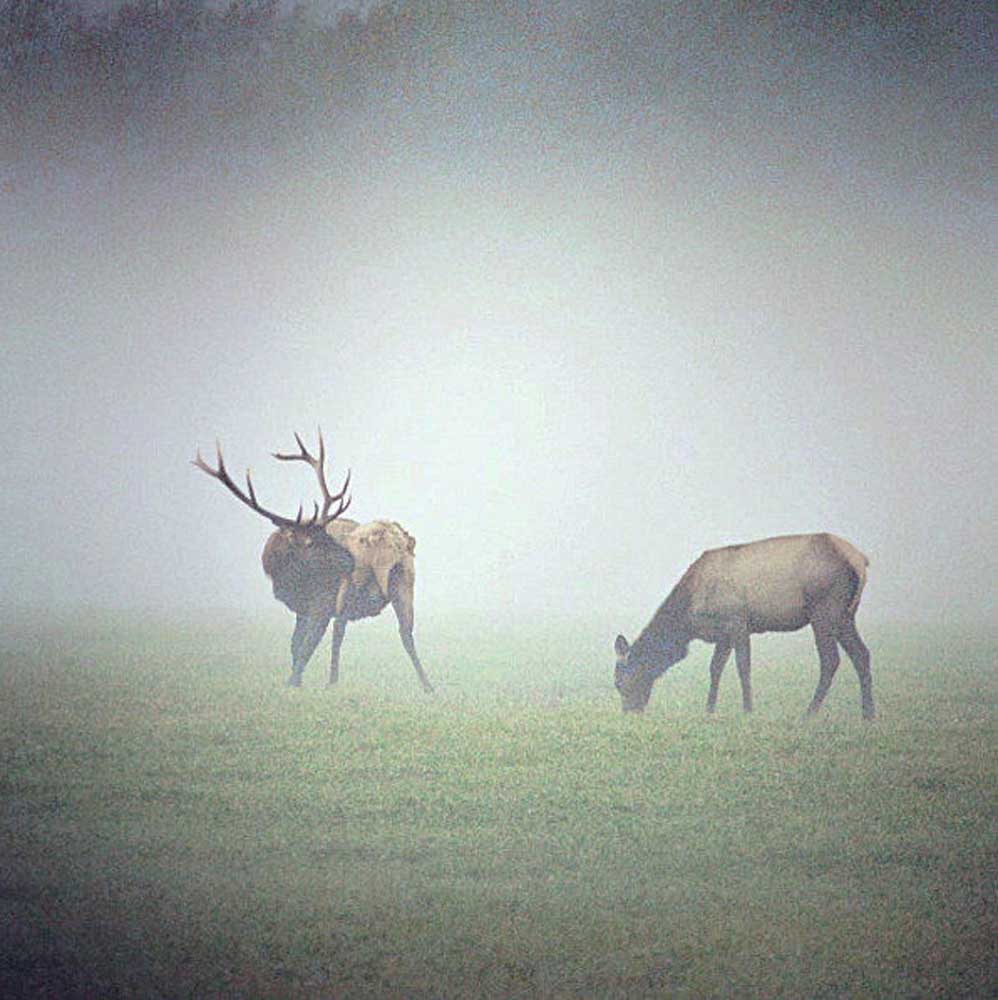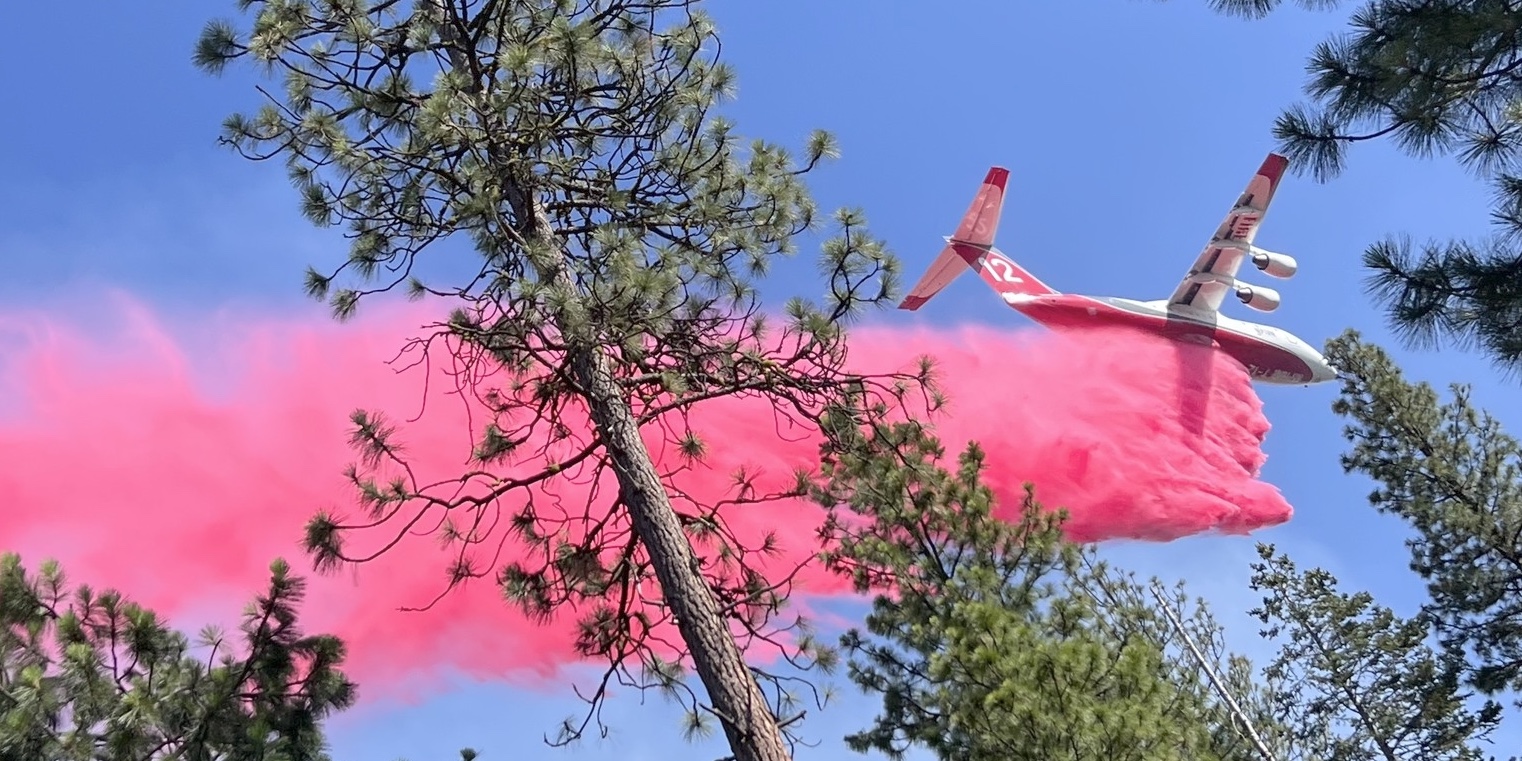Washington Farm Bureau urges cap on elk in two valleys
Published 3:11 am Monday, September 11, 2017

- The Washington Farm Bureau says state wildlife managers should back up their goals of reducing crop damage and highway collisions by capping the number of elk in two valleys in northwest Washington.
The Washington Farm Bureau proposes capping the number of elk in two northwest Washington valleys, where farmers and ranchers say the growing North Cascades herd is damaging crops and fences, and making driving rural highways hazardous.
Trending
Farm Bureau director of government relations Tom Davis said a maximum number would protect property and motorists, goals the Department of Fish and Wildlife says it shares.
“A limit would be the most transparent way to manage the herd and hold the department accountable,” Davis said. “We would prefer zero, but we know we can’t get there. But let’s pick a number, or a range, and argue over that.”
An estimated 200 to 400 elk have migrated over the past half dozen years into the Skagit River and Acme valleys in Skagit and Whatcom counties. Previously, the valleys were outside the herd’s territory, but WDFW and tribes curbed hunting and trucked in elk from southwest Washington more than a decade ago and succeeded in spurring population growth.
Trending
The state estimates the herd has about 1,200 elk, without counting the elk in the two valleys. The state’s goal is to have 1,950 elk in the herd.
WDFW is updating its plan to manage the herd, providing another forum for frustrated farmers and ranchers to suggest the state reign in its elk. Separately, lawmakers have directed WDFW to come up with a plan to reduce farmer complaints and highway collisions.
So far, WDFW has proposed relying on hunting and hazing to drive elk from the valley, but has not committed to reducing the population to a certain number.
According to the Farm Bureau, WDFW should back up its intentions with a population cap. If WDFW relies on counting complaints to measure success, it will be hard to know whether farmers just decided it wasn’t worth the hassle of putting in a claim, Davis said. “It’s like filing your taxes. Nobody likes that paperwork.”
WDFW district biologist Fenner Yarborough said the department will consider the Farm Bureau’s position.
“I think it’s absolutely something to look at,” he said.
Yarborough cautioned, however, that elk are hard to count, populations vary by season and some people want more elk in the valleys.
“It’s a tough one,” he said “We’re trying to find a middle ground.”
Skagit County Cattlemen’s Association Vice President Randy Good said that he stopped raising cattle in a 40-acre pasture bordering Highway 20 because elk were crashing through the electric fence. A sturdier fence would have been expensive and would shift the problem to a neighbor, he said.
He estimated that nine to 12 elk a year are hit by vehicles along a three-quarters-mile stretch of highway along his land. Sometimes the injured elk make it to his field before dying, and he has to bury them. He said he’s also concerned about elk spreading disease.
“For seven years we’ve been fighting this,” Good said. “When they break down fences and spread hoof rot, how can we coexist? I don’t see it working.”
He said wildlife managers should create habitat at higher elevations to lure and keep elk off farmland and highways. “It would accomplish two things at once,” he said.
Yarborough said it would be “worth a shot,” but it’s an unproven way to manage elk. “We don’t have any data or research to show it works,” he said.







